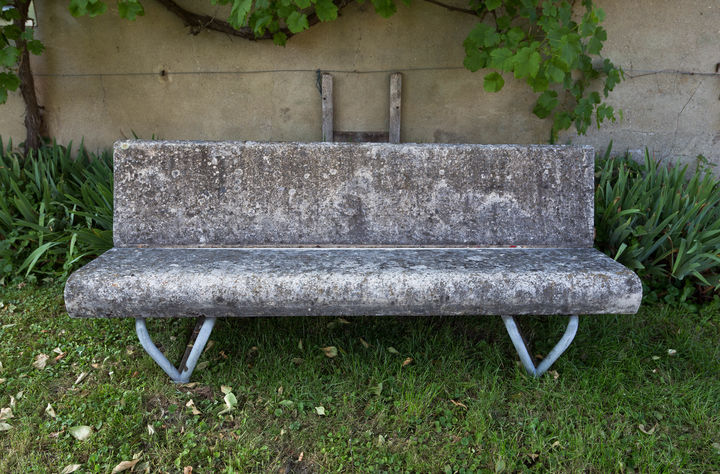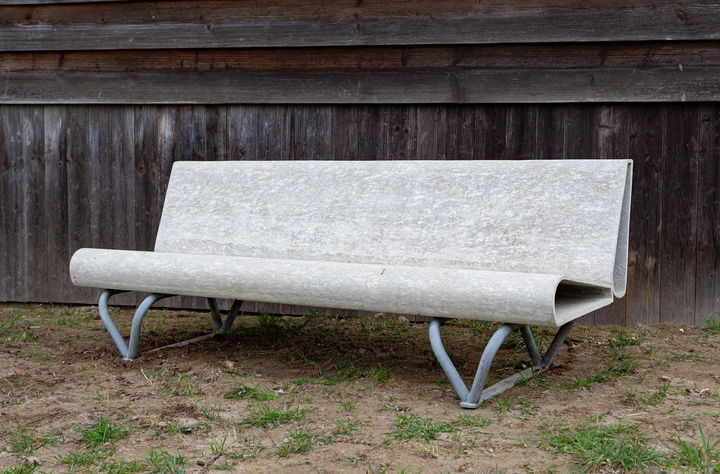
André Lasserre
He was the son of Frank-Albert Lasserre (1874-1927), a Swiss engineer and insurance agent, and Louise-Eugénie Lannois (1875-1952), a French woman. He arrived in Paris with his family in 1912. In 1917, the family lived near the Montparnasse cemetery at 30, rue Gassendi. Not very interested in studies, André Lasserre spent only a few months at the École spéciale d'architecture de Paris, with Robert Mallet-Stevens and Auguste Perret (1917-1918), between November 1917 and March 1918. To access the ESA, he simply had to walk down one of the vast alleys of the cemetery. In November 1918, Lasserre entered the École des Beaux-Arts as a foreign student, supported by Charles Waltner. He moved to 5 rue Honoré Chevalier, in the Odéon district, near the Jardin du Luxembourg. André Lasserre attended Charles Waltner's classes for part of the 1918-1919 school year in the Antiques and Renaissance galleries, Architects section. But he stopped attending classes in March 1919. At the same time, his future wife Suzanne Wahart attended the classes of the head of the Atelier Auguste Leroux, Painters and Sculptors section.
Then Lasserre began an apprenticeship in an architect's office. He "made the grade", probably with Gabriel Héraud, an architect who had graduated from the École des beaux-arts. He worked as an apprentice draughtsman and carried out this repetitive task for a year on the reconstruction plans for Bar-le-Duc. He left this position in 1920 for the Vaugirard print shop, impasse Ronsin, a modern workshop, one of the first in the world to use photogravure. The printing house was next to the studios of many artists, including Constantin Brâncuși.
André Lasserre attended the Académie de la Grande Chaumière (1921-1925) where he was a pupil of Antoine Bourdelle. In the drawing classes at the Académie de la Grande Chaumière, he met Suzanne Wahart, whom he married on 25 January 1923 and from whom he had a son, Bernard.
He turned to animal sculpture. In the mornings, he drew from nature at the Jardin des Plantes, and in the afternoons he made sculptures in a chosen material: wood, stone, sometimes ceramic or bronze.

